

- Contact Us
- Search
-
Mayflower400 partner destinations:
Virtual Voyages: Southampton
The Mayflower arrived in Southampton in late July 1620 and several days later was joined by the Speedwell, carrying the colonists from Leiden.
Their intention was to prepare both vessels and sail in company directly to America. Weeks later, on 15 August, the two ships weighed anchor and set sail - but only one of them would complete the transatlantic journey...
Presented by Blue Badge guide Julia Brewer and historian Dr Cheryl Butler, this short film looks at some of the fascinating stories of the people who came from the city and played a crucial role in the Mayflower voyage and beyond.
It finishes with a special insight into a new exhibition at the SeaCity Museum in Southampton - Wampum: Stories from the Shells of Native America.
This exhibition tells the story of the Wampanoag Nation, changed forever by the arrival of colonists on the Mayflower and showcases a new Wampum Belt, of huge spiritual and historical significance.
You can contact Julia Morris for more information on tours around Southampton here:
Blue Badge Guide, SW & Southern England
www.atasteofenglandtours.com
07817 364981
You can contact Dr Cheryl Butler here:
www.cherylbutler.co.uk
hello@cherylbutler.co.uk
Find out more about the 'Wampum: Stories from the Shells of Native America’ exhibition here.
Southampton and the Mayflower story
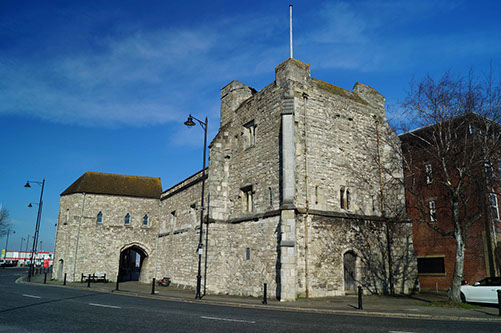
As the Mayflower and Speedwell came within sight of God’s House Tower on Southampton’s city walls some 400 years ago, it was clear that not all was well…
The Speedwell was leaking and needed repairing before the passengers and crew could continue their voyage westwards together, bound for America.
When the two ships moored at Westgate, they would have found a very thriving community.
The Westgate led out onto the West Quay, which was one of the most important quays in Southampton, so it would have been a hive of activity with people building and repairing ships, crewmen and people trying to take voyages.
It’s likely the newcomers would have just blended in with that activity, which is probably why they didn’t cause a great deal of notice when they arrived in the city – because they were just one of another huge group of refugees and travellers who used the port.
Stephen Hopkins
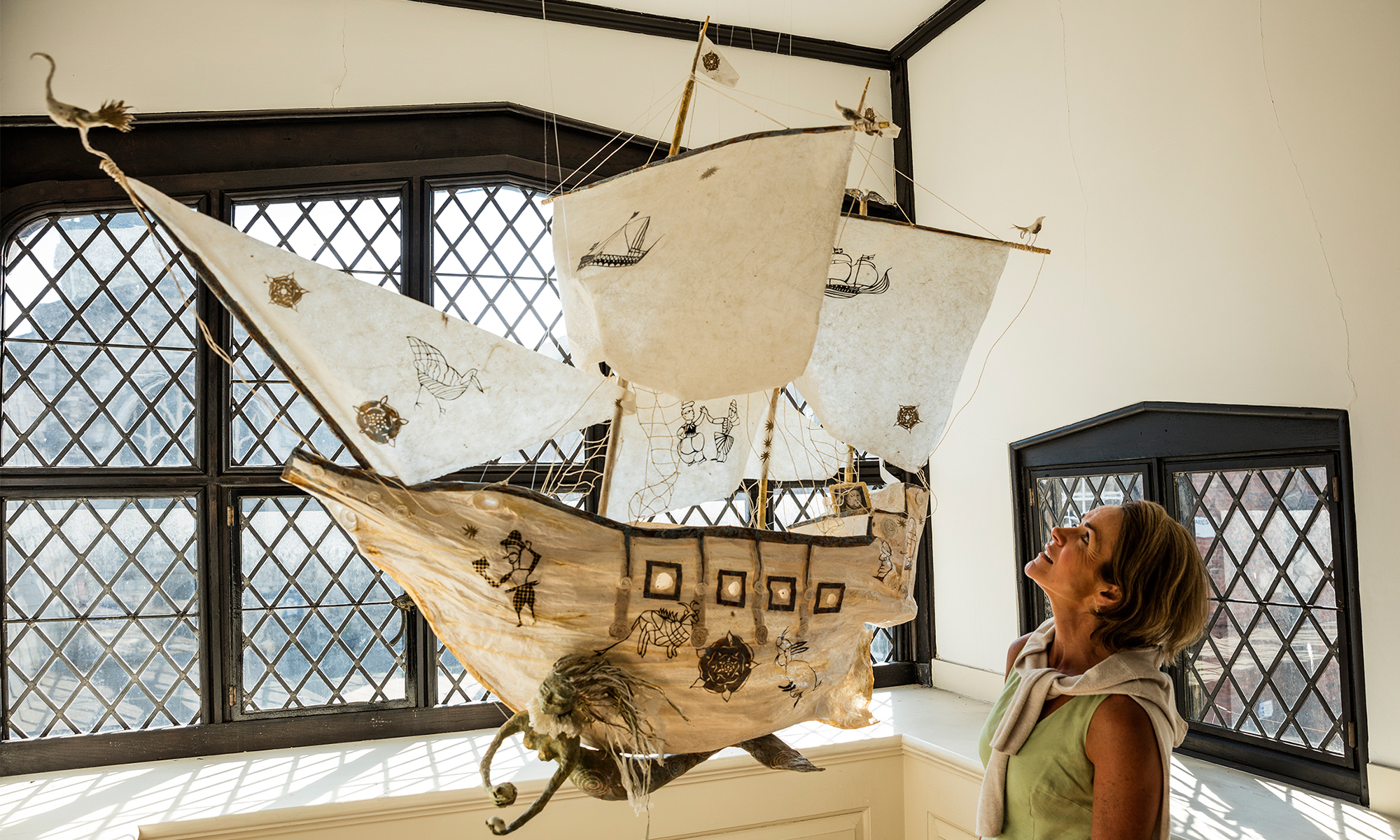
One man who was in Southampton at this time was Stephen Hopkins – and he is interesting because is the only one of the Pilgrims who would have ever been poor.
Hopkins is believed to have been born in 1581 in the Hampshire village of Upper Clatford, near Southampton.
Shortly after his birth and baptism, his family moved to Winchester and, by 1603/4, Hopkins was married to Mary and living in Hursley, Hampshire.
The couple had three children - Elizabeth (born 1603), Constance (1606) and Giles (1607) - who were all baptised there.
In 1609, in a bid to make his fortune, Hopkins was hired by the Virginia Company to be a ministers' clerk for the Jamestown, Virginia, settlement and boarded the 'Sea Venture'.
Unfortunately, things didn’t go to plan, and he was shipwrecked in Bermuda en route to Jamestown.
- Read more of Stephen Hopkins’ fascinating story here.
John Alden
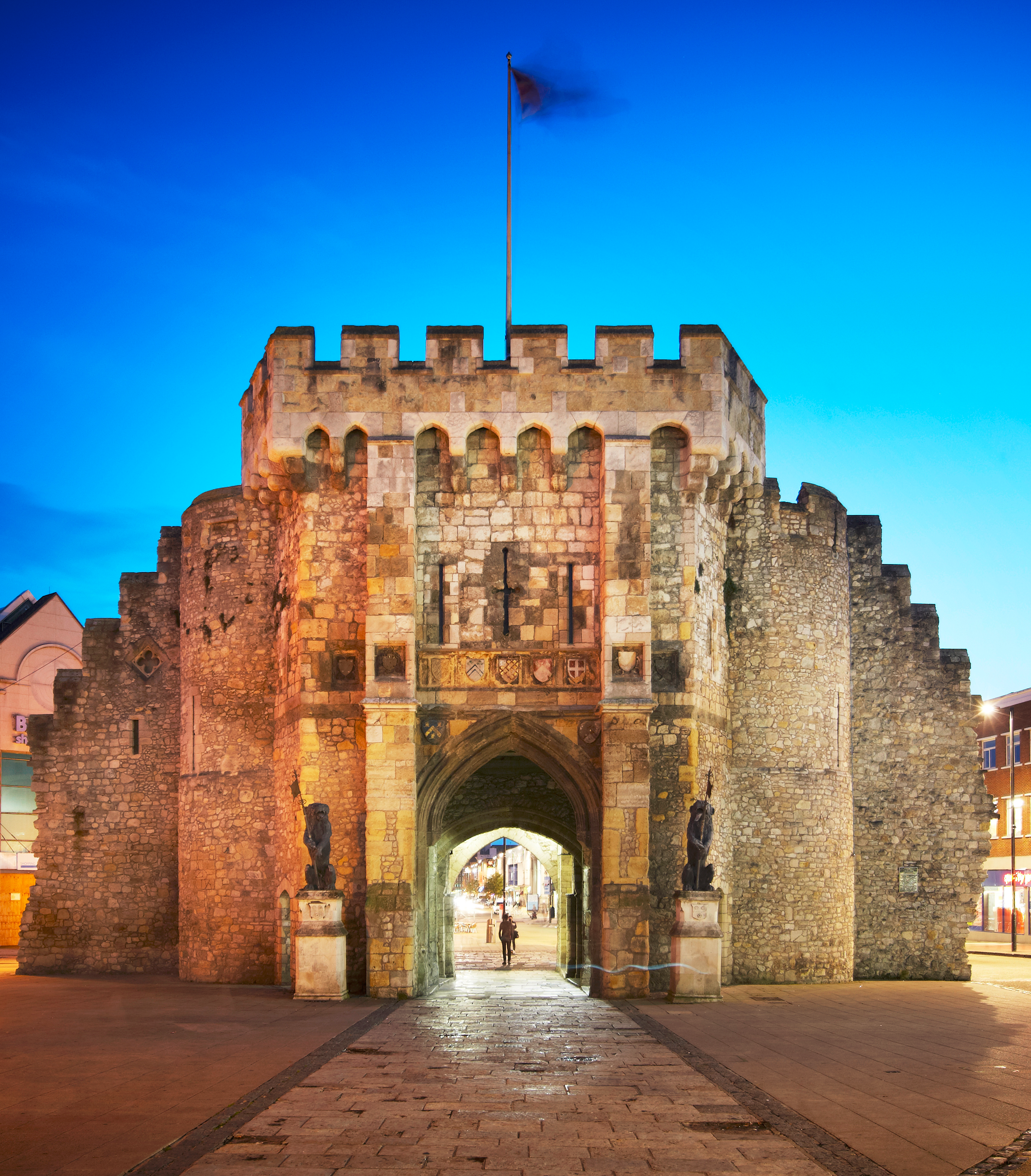
Another person who joined the voyage in Southampton was a man named John Alden, who was a cooper by profession.
He had no previous links with the Pilgrims, but he wanted to join their company and they needed people with skills.
Alden left his family and went on to become one of the most pivotal in the Mayflower story.
- Read more about John Alden here.
John Parker
Of course, the Pilgrims also needed people to sail their ships for them, and they were always looking for new crew.
It was quite usual when ships arrived in the port that some of the crew would disappear and they would subsequently have to recruit new people.
One Southampton man, John Parker, joined the Mayflower for this reason and made the voyage. Although he was a crew member, he did eventually decide to stay in America.
The Speedwell
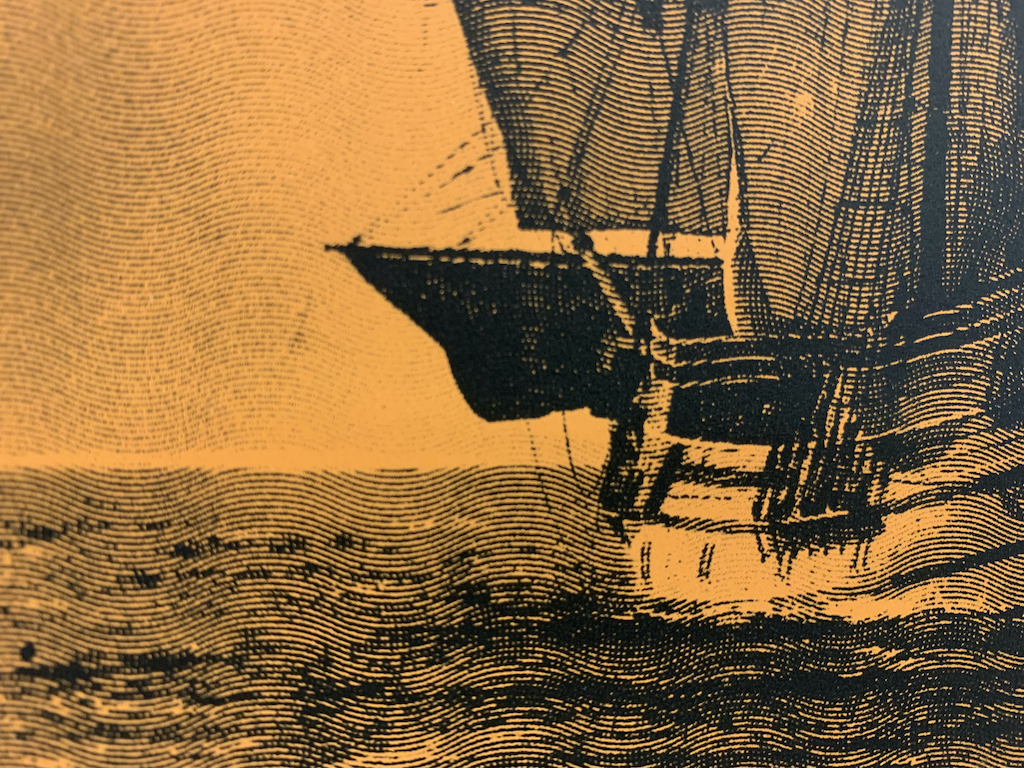
Another man who was probably working from West Quay is SA Whitty - and he would have been quite interested to see the Speedwell mooring up on the quay.
He was a shipwright and a shipbuilder and, in fact, had built a 60-tonne ship called the Speedwell back in 1606 – a feat which was included in something called the Book of Instruments, a record which is kept in the Southampton Archives about maritime things which happened in the city.
It’s likely the Speedwell that Whitty made was the same Speedwell that was being used all those years later by the Pilgrims.
And because the ship was getting quite old, it’s not surprising that it was leaking, and it was also said that it was over-masted so was probably never fit to take such a long voyage across to America.
John Carver’s Southampton mission
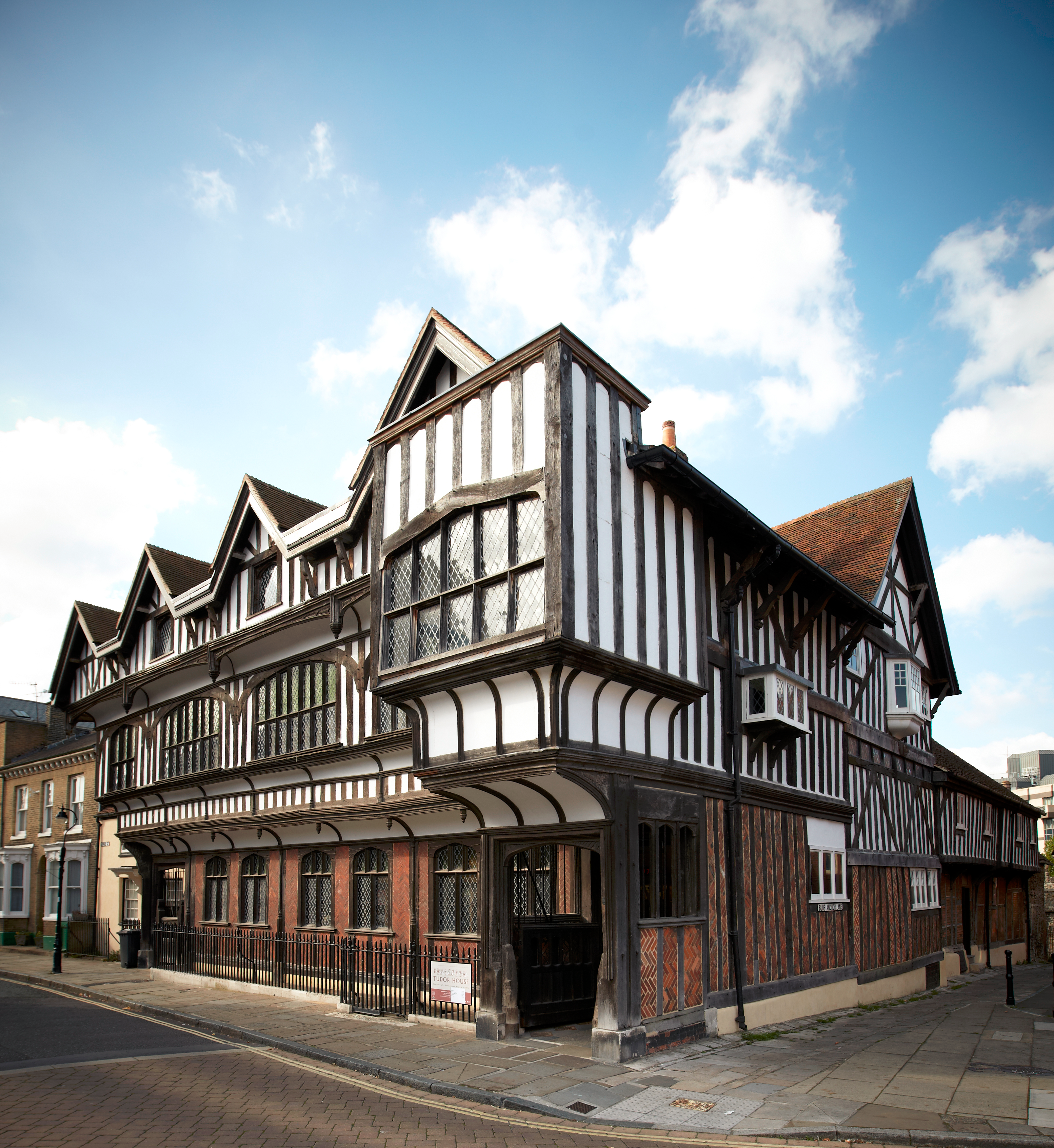
The other notable Mayflower passenger who was in Southampton at this time was John Carver, who had arrived before the two ships to get provisions to take them across the Atlantic.
He would have gone around to the various markets, which were in different parts of the city.
So, the butchers’ market was on the site of the old friary, and it was called the Butchers’ Shambles, where they would have got their salted meats, their meats tongues (which is what they called ox tongues) and these would have been preserved in salt so they would survive the voyage.
Carver would have then gone to the fish market, which was at the time in front of St Michael’s Church in St Michael’s Square. This faces onto Tudor House which is now one of the town’s main museums.
Interestingly, the fish that was being sold in the market had actually travelled from Newfoundland and been salted down to preserve it, so this would have been the type of fish they’d have been picking up to take back to America with them.
One for the… voyage
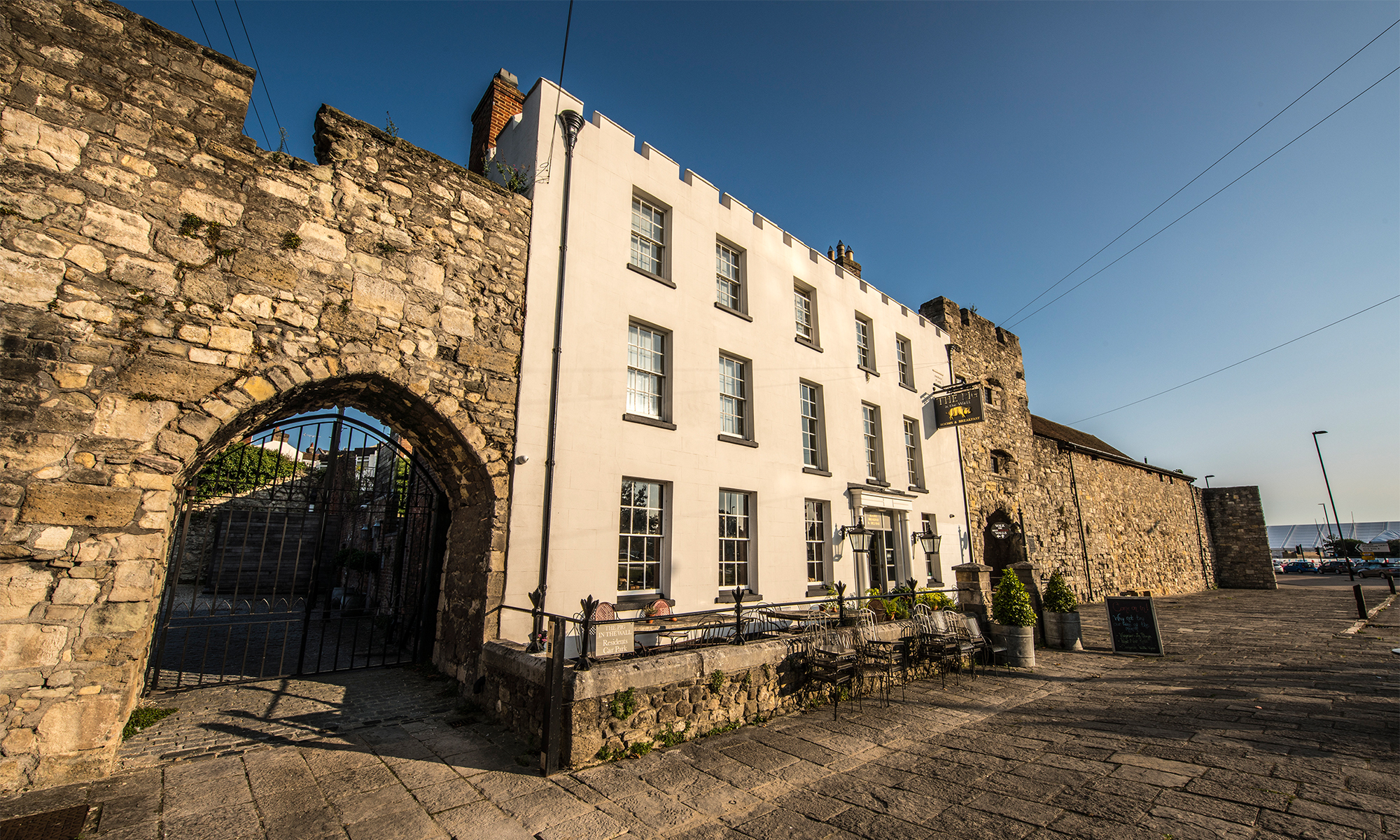
The other thing that people also needed when they were going on these long voyages was to make sure they had things to drink.
Though they could collect rainwater during the journey, water was not as healthy back then as it is today, and so most people liked to take beer or ale on ships.
Beer-making was a big industry in Southampton, and they used to make it in industrial quantities so that it could be put on the ships and used for voyages.
Just near to West Quay is a place that was known as the Beer House and is now called the Duke of Wellington – and it was here that the Pilgrims would have gone to get not only beer, but also French brandy and Dutch gin.
They really would have had a good opportunity to stock up during the two weeks they remained in the city.
Leaving Southampton and the Pilgrims Memorial
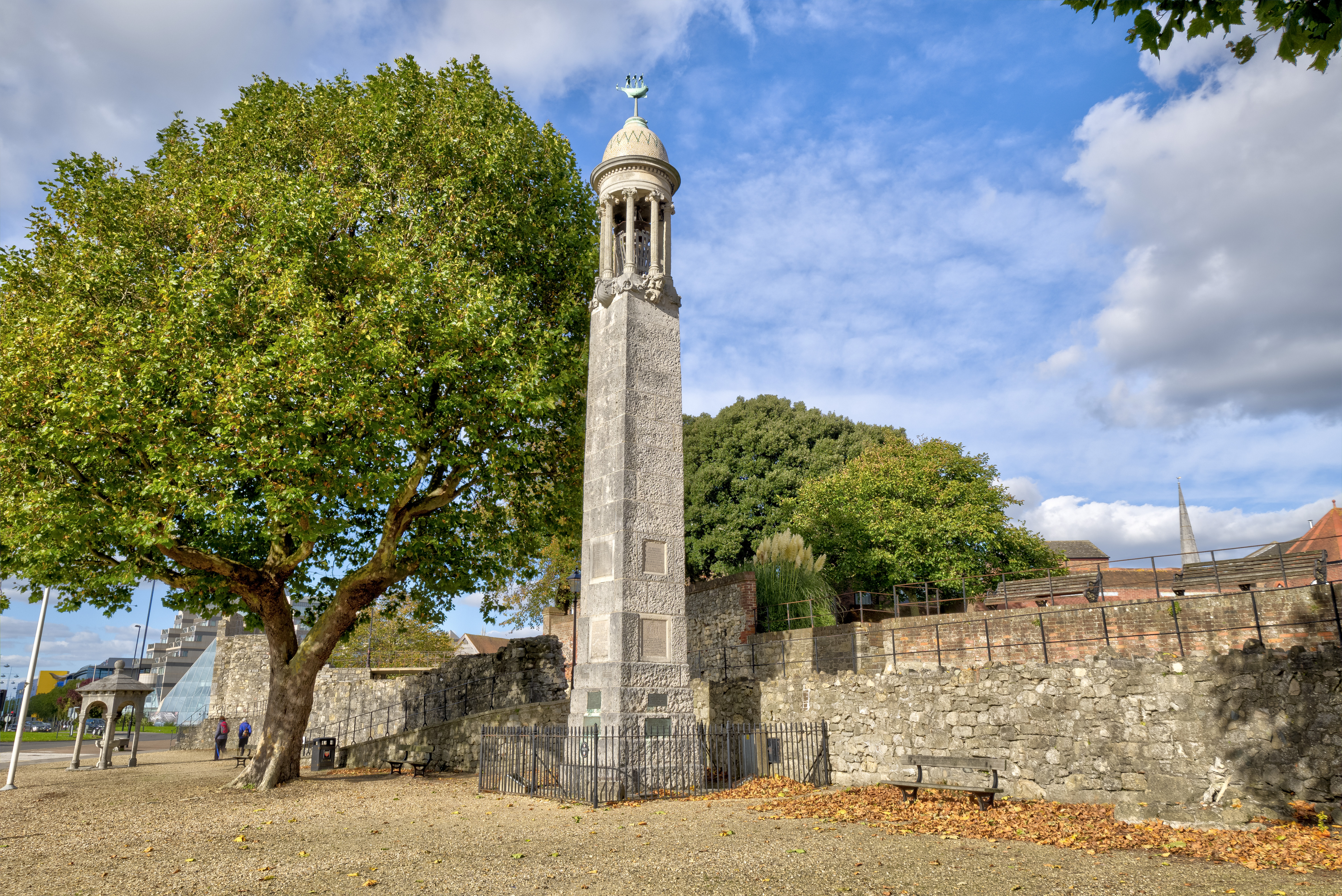
Eventually the colonists got back on their ships and began they journey to America, and when they left Southampton from West Quay, they assumed this would be the last port they would see in England, though we know that was not the case.
As they came out of West Quay, they sailed along the southern coast of the city and right near to the house of the Third Earl of Southampton.
Of course, he was one of the people who was helping to fund colonies in America. So, some 300 years later when Southampton decided to put up a memorial to the Pilgrims, this is the site that they chose.
It was not until 1909 that the idea came to build this memorial, and it was probably because Southampton was a very important passenger point and a port that was very key to links with America.
The Mayor, a man called Oakley, decided it would be a good thing to try and raise £2,000 to have a permanent memorial to the sailing of the Mayflower and the Speedwell on Cuckoo Lane. Unfortunately, he only managed to raise £600 and so had to scale back the design.
But in 1913, the memorial was unveiled by the American ambassador and if you are descended from the Pilgrims, you are entitled to put a plaque on the memorial and quite a few families have done so.
It stands some 50ft tall and is made of Portland stone, and on the top is a copper model of the Mayflower which served as a weathervane.
The Pilgrims meanwhile had sailed on down Southampton water and past again God’s House Tower and God’s House Gate – the last place that they saw as they made for the open seas.
Wampum: Stories from the Shells of Native America

Today, this unique, nationally-touring exhibition is currently touring venues across the UK linked to the Mayflower story.
The aim is to unite contemporary indigenous artists and educators in the USA with museums and historic collections in Britain.
Its centrepiece is a hugely significant wampum belt - the traditional belt of the Native American Wampanoag tribe - which is one of the fascinating pieces currently on display in Southampton.
You can see the exhibition now at the SeaCity Museum until 18 October 2020. Find out more here.
Sign up for the latest Mayflower 400 news
You'll be the first to hear the latest Mayflower news, events, and more.
Log In
Register
Mayflower 400 Proudly Supported by our National Sponsors and Funding Partners






